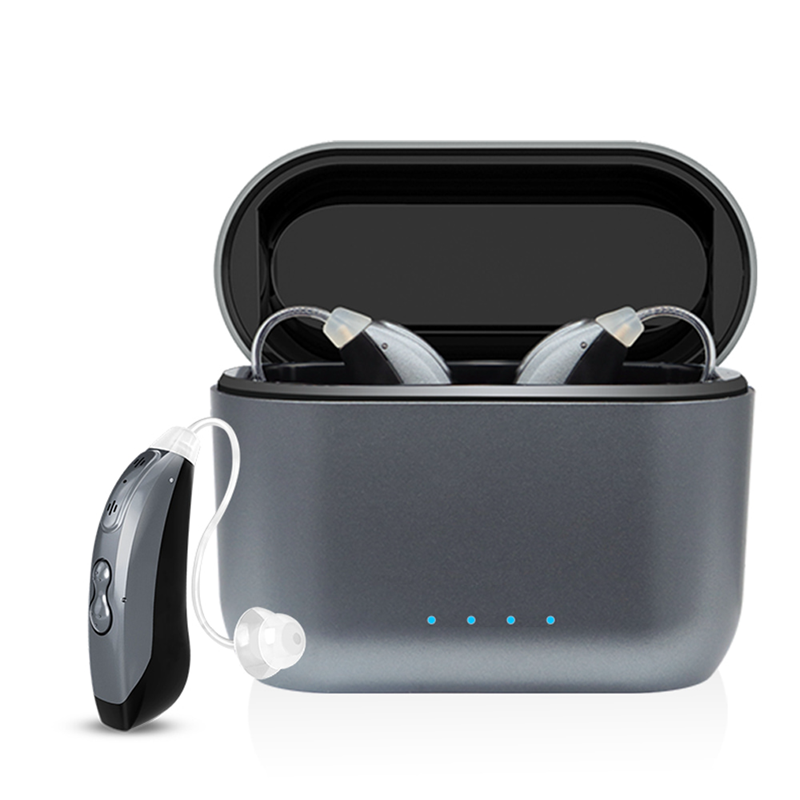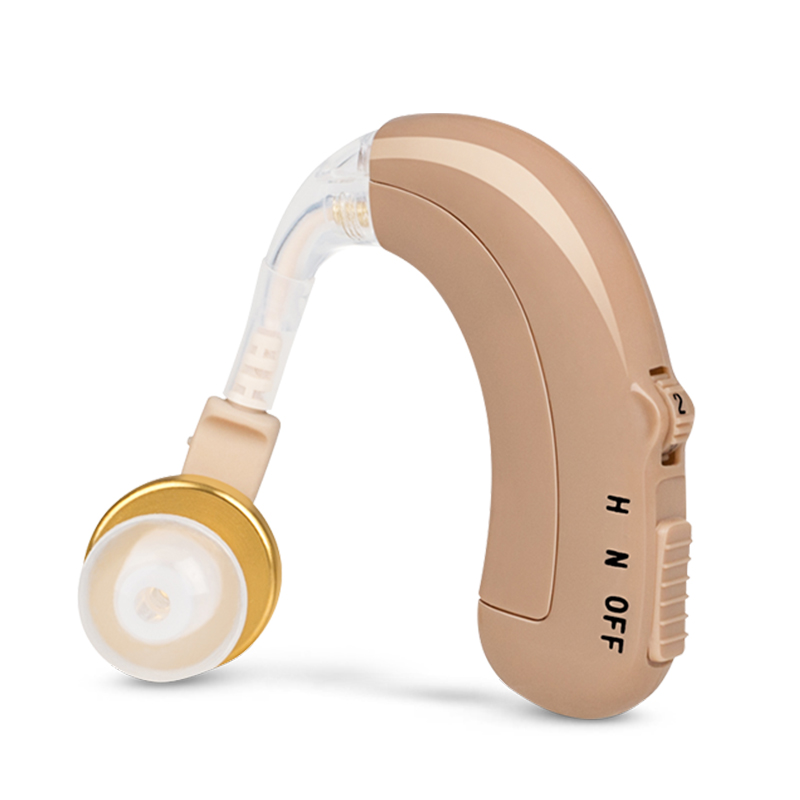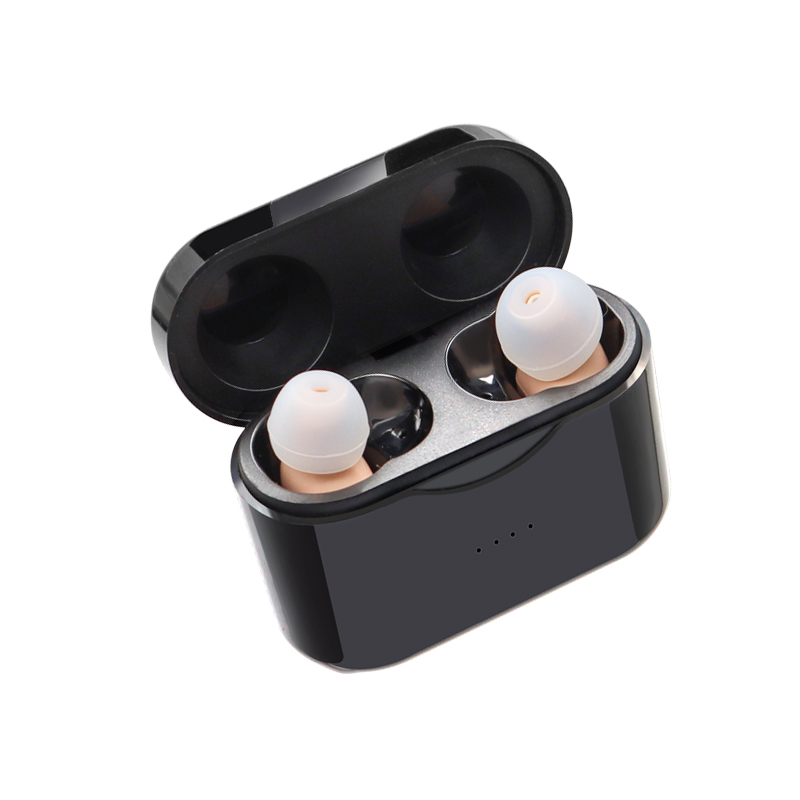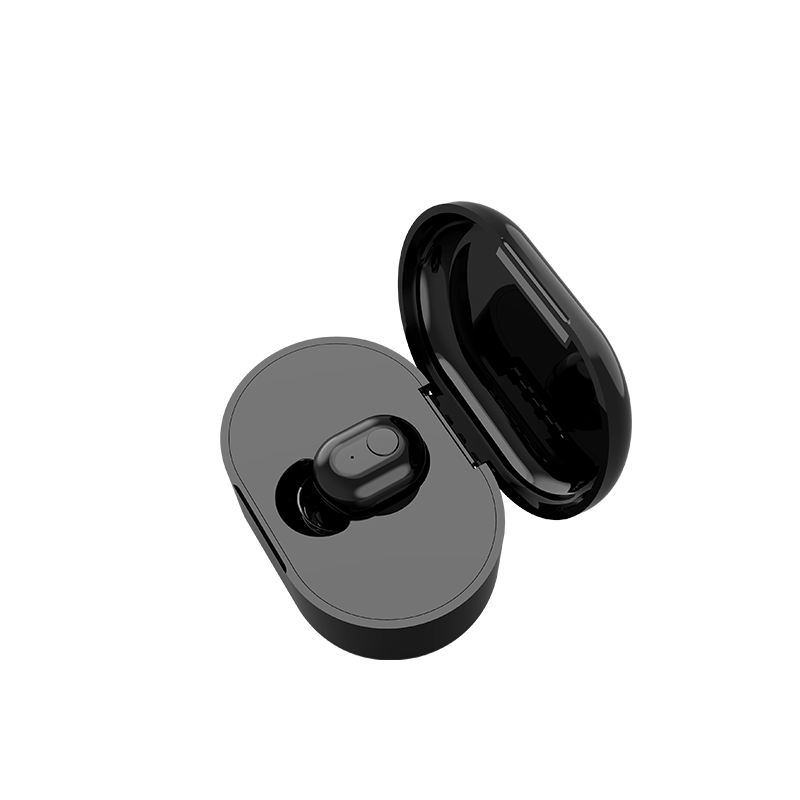Did you say...Share or chair? ...Throne or phone? ...Back or bag?
Have you ever wondered why you can hear some sounds perfectly well, but struggle to hear certain words? This is known as a loss of speech clarity, and it's a common sign of mild to moderate hearing loss.
Human speech is spoken at a relatively low volume across many different pitches, and at different speeds. This means even a slight decrease in your hearing ability can vastly change the meaning you pull from a spoken sentence.
Meet the 'speech banana'
To show how your hearing loss is affecting your speech clarity, your hearing care provider may point out the "speech banana" on your audiogram:

The speech banana is an overlay that displays each consonant and vowel sound according to pitch and relative volume (these sounds are known as "phonemes"). The range of human speech is roughly the shape of a smile, or a "banana," across the top third of an audiogram.
“[It reveals] how the beeps of a hearing test translate to speech understanding and, ultimately, how hearing changes can affect speech clarity,” says Kathleen Wallace, AuD, of Anywhere Audiology in Brooklyn, N.Y.
Vowel sounds versus consonant sounds
Vowel sounds (a/e/i/o/u) are lower-pitched and carry most of the volume of speech, while consonant sounds are often higher-pitched and provide the meaningful distinctions between words.
Often, it's the consonant sounds that are harder for people to hear. That's because most people have high-frequency hearing loss due to aging, noise damage or drug side effects.
“As an example, it might be hard to hear the difference between sat, fat, that, cat, hat, and chat,” says Wallace.
Did you say sixteen or sixty?
“Numbers are a very common example. You might confuse 16 with 60, or 30 for 13, or have difficulty understanding someone's name,” says Wallace whose educational content on social media has garnered millions of views on TikTok and Instagram. “A patient can typically offer me at least one concrete example of a time where they’ve misunderstood words or speech, especially if it led to a big misunderstanding.”
Even mild high-frequency hearing loss affects word comprehension
While "mild" may sound harmless, the truth is: Even just slight hearing loss will impact your ability to understand those around you, as the speech banana shows.
This is often especially true when there’s background noise or you're far away from the speaker. Noise and distance make it harder to hear the finer nuances of a conversation, leaving you wondering why you can hear but not understand.
Common but underdiagnosed
Although high-frequency hearing loss is one of the most common forms of hearing loss, it can often go undiagnosed. Since the onset is gradual, people tend to compensate by raising the volume on their television or asking people to repeat themselves. They may avoid thinking too deeply about whether they have a problem hearing.
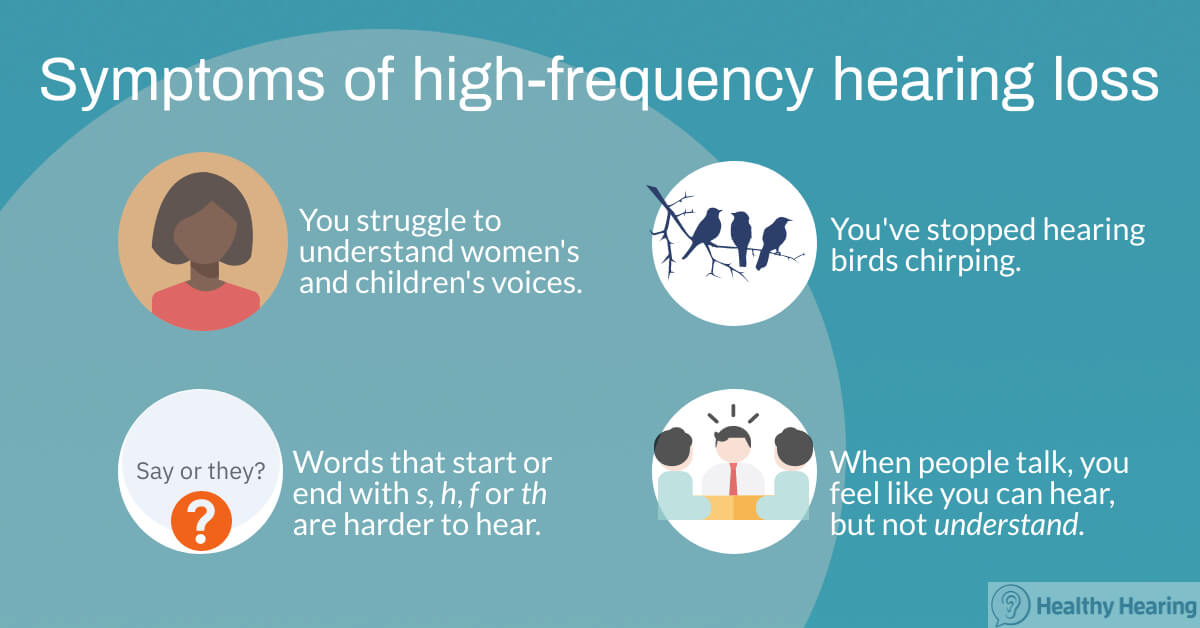
Anyone having difficulty hearing conversation in background noise, or differentiating between similar words should make an appointment to get their hearing checked.
“An audiologist can administer a hearing test and discuss hearing aid options,” says Melissa Schnitzspahn, AuD, manager of audiology at The Ohio State University Wexner Medical Center. “The sooner someone with hearing loss starts with amplification, the more easily they tend to adapt to the technology.”
Today's hearing aids are technological marvels with tiny computer chips that use deep neural networks and artificial intelligence to help your brain pull speech sounds out of noise, by isolating and amplifying the signals of interest to you. Each hearing aid is programmed according to the hearing ability for the ear you where you will wear it, and the hearing aids will send signals to each other to enhance your listening experience.
Prioritize your hearing health
Both Schnitzspahn and Wallace believe hearing health should be prioritized in the same way you manage other areas of your health.
“If someone feels they are hearing words incorrectly, I'd encourage them to see an audiologist to establish a baseline and determine if any further action is needed,” Wallace says. “This can be an educational conversation on implementing communication strategies such as assistive listening devices or hearing aids.”
The above is the interpretation of The Speech Banana Audiogram: Why You Miss Certain Words provided by Chinese hearing aid supplier Shenrui Medical. Link https://www.srmcm.com/Blog/The_Speech_Banana_Audiogram_Why_You_Miss_Certain_Words.html of this article is welcome to share and forward. For more hearing aid related information, please visit Blog or take a look at our Hearing aids products


